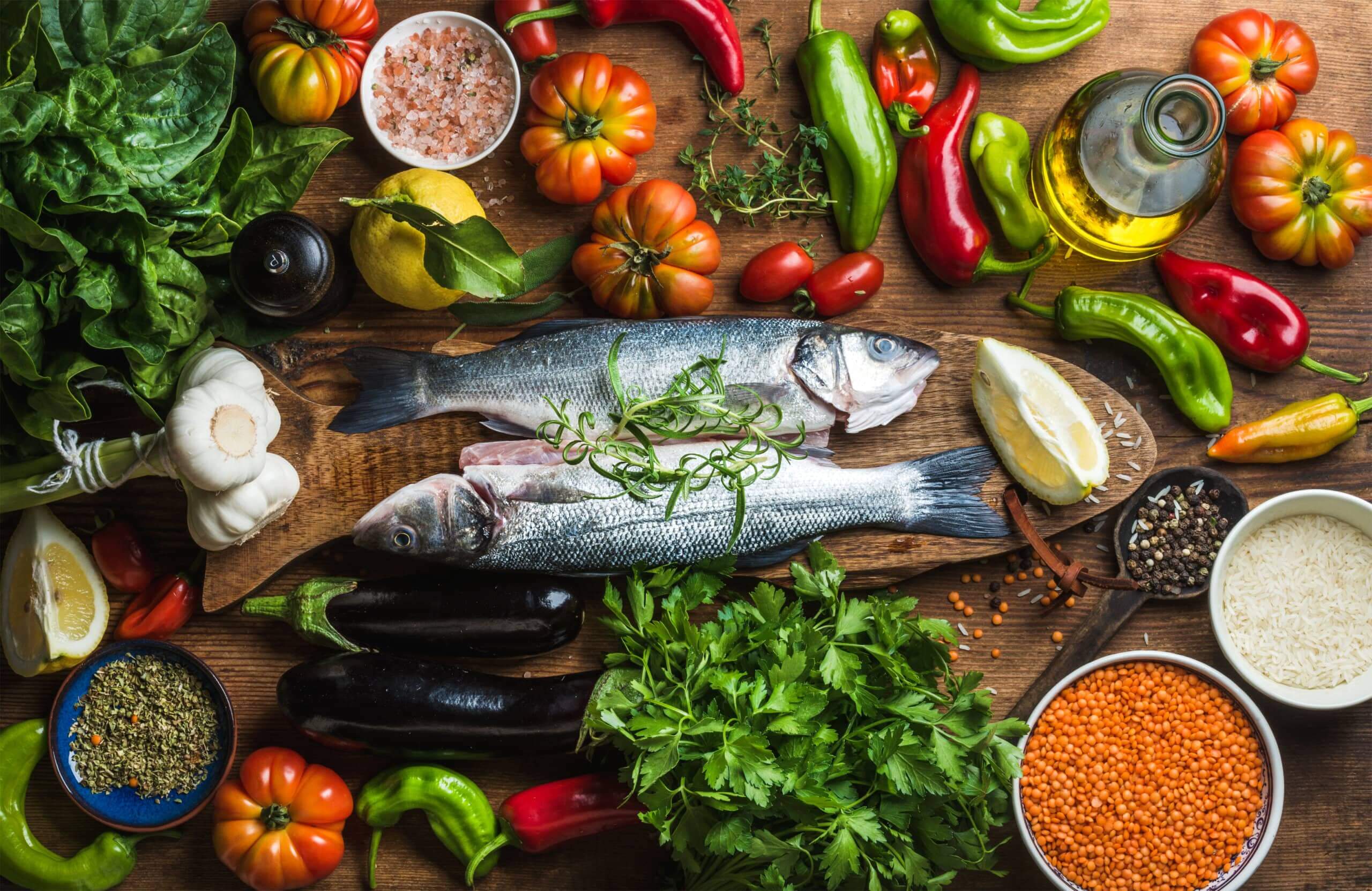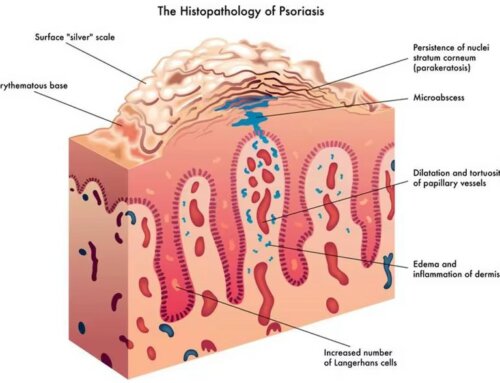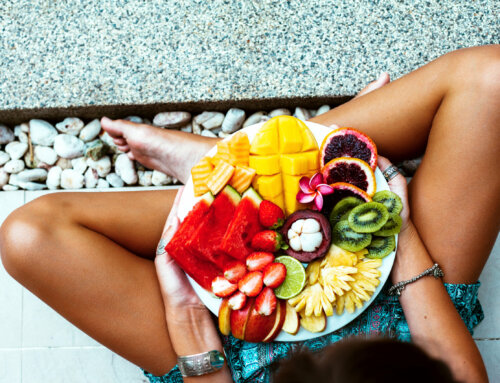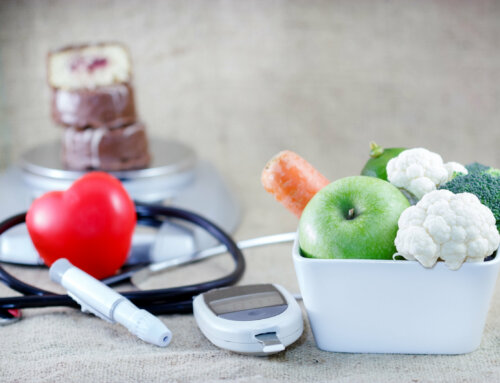Proper meals and food planning is just one aspect of maintaining good diabetes control, but everyone always wants to know about food tips and tricks. Never forget about your exercise regimen and medications as well.
Read on to see if any of these questions may apply to you.
1. Is air frying food healthier than using other methods? Is it a reasonable cooking appliance for food preparation when you have diabetes?
“Air frying is not technically frying.” An air fryer operates somewhat like a conventional oven. The food is placed in the air fryer basket, a fan pushes warmed air around the food to quickly cook it. The hot air makes it crispy by cooking the outside of the food first and leaves the inside soft and moist.
This resembles deep frying in taste but with much less need for oil. You may love fried chicken with french fries, but you hopefully understand that deep frying is “not a healthy cooking technique” especially when you have diabetes. Air frying uses 1-2 tablespoons of oil instead of multiple cups of oil as in deep frying.
Using large quantities of oil is fattening and unsafe for your heart health. In an air fryer, the small amount of oil is collected in a container under the basket for even less oil intake. An air fryer is about the size of a coffee maker or a toaster oven.
It is difficult to prepare a huge quantity of food in it all at once. You should never over-crowd the food in the air-fryer since it will lead it to “cooking it unevenly and make it soggy instead of crisp.”
Another risk of deep-frying food, especially potatoes and grains, is the formation of acrylamide. “Acrylamide is a chemical (a carcinogen-causing cancer) that is formed during high heat cooking.” Air frying food decreases the formation of acrylamide by about 90%. It is an excellent cooking technique when you have diabetes because of the small amount of oil being used, quickness of the food preparation and it offers lots of delicious flavor.
You can prepare breakfast, lunch and dinner, snacks, starters, appetizers and desserts in your air fryer. You can heat up frozen foods or cook fresh meals. You can air fry chicken, beef, pork, fish, shellfish, grains, potatoes, vegetables, root vegetables and cheese.
Do not try to cook “flour dipped or wet battered foods.” They will start out and remain soggy. Add both fresh or dried spices either during cooking or after to enhance the foods flavor. The oil must withstand high heat so the best oils to use are canola oil or vegetable oil like EVOO (extra virgin olive oil). Besides air frying, people with diabetes should bake, broil, grill, stew, slow cook, steam, sauté, roast or stir fry foods.
Benefits of air frying food:
- Reduced fat intake
- Reduced calorie intake
- Reduced risk of developing cardiovascular disease
- Increased nutrients retained
- Reduced risk of acrylamide formation
- Variety in cooking
- Quick and easy
- Cost efficient
- Easy to clean
- Easy to store
- Easy to maintain
- Safe and environmentally friendly
Disadvantages of air frying:
- Small cooking capacity
- Lowers amounts of Omega 3 fatty acids found in fish when cooked in an air fryer
- Can be noisy
- Must clean carefully and often to prevent grease build up
- May destroy water soluble vitamins and antioxidants in foods when cooking in high heat
The bottom line on air frying:
Remember that moderation, variety, and balance in your daily diet is important for diabetes control and overall health. Prepare and eat healthy, natural selections.
2. Can I eat fruit or not when I have diabetes? So many people say fruit is full of sugar and to totally avoid.
The short answer is yes, but the most important caveat is the serving size. You can go online and find out what each fruit serving should be. “Fruit is part of a balanced diet” and whole fruit is what you should be eating. Yes, fruits are a carbohydrate which turns into sugar, but different fruits have different amounts of sugar.
Avoid fruits served in a “sweet, sugary liquid” and only eat small servings of dried fruit. Dry fruits are more concentrated in sugar because the water content is removed in the drying process. Read labels and never eat dried fruit with added sugar. Fruit is rich in nutrients and antioxidants, plus many fruits are high in water content.
Some fruits are even considered a “low glycemic index” food. The glycemic index measures “how quickly carbohydrates break down and affect your blood sugar levels.” Although you can potentially eat any kind of fruit, some fruits are lower in calories, digest more slowly, and help you feel full longer, due to their fiber content.
Think about pairing fruit with a small amount of protein or healthy fat, like a piece of low-fat cheese or a handful of unsalted nuts to prevent blood sugar spikes. Some fruits are better choices than others.
Good fruit choices:
- Grapefruit. ½ a grapefruit is a serving size with an average of 53 calories, 2 grams of fiber and 12 grams of sugar. Remember, 1 serving of a carbohydrate is about 15 grams of sugar. You are generally allowed to have between 2-4 servings of a carbohydrate per meal depending on your body size/weight and diabetes medications. “Eating grapefruit can increase the level of some medications in your bloodstream.” Drinking grapefruit juice can do the same thing. Grapefruit should not be eaten while taking statins to lower cholesterol, with certain blood pressure medications, organ transplant rejection drugs, anticoagulants to prevent blood clots, anti-platelets to prevent platelet sticking and some cytotoxic drugs that treat cancer. Always check with your health care provider or pharmacist when starting a new medication to see if there can be an interaction or allergic response. Never stop taking any of your medication without first consulting your physician.
- Apples. Fall is the best season for fresh and delicious apples. The selection is endless. Explore different kinds of apples to find out which appeal to you. A medium size apple has about 96 calories,4 grams of fiber and 19 grams of sugar. Apples contain pectin which promotes digestive and gut function. It is soluble fiber which acts like a prebiotic. Pectin “may lower cholesterol and improve blood sugar control.” More studies need to be done.
- Avocados. Most people think of an avocado as a vegetable and use in a salad. It is actually a fruit. They are also high in nutrients, vitamins and minerals. ½ of a medium avocado has about 120 calories, very little sugar, is high in fiber and full of monounsaturated fats. Watch portion size since it is a fat and higher in calories.
- Berries. Berries are considered “one of the friendliest fruits when you have diabetes.” Choose from strawberries, raspberries, blueberries, huckleberries, or blackberries. They are naturally low in sugar, have about 60-80 calories per cup, are high in fiber and water content. When eaten in proper portion size, they will not spike your blood sugars.
- Oranges. Although orange juice should be avoided (all fruit juices enter the bloodstream quickly), eating a whole fresh orange is perfectly fine. There are multiple varieties available throughout the year. A medium orange is high in water content, fiber and contains about 65 calories. Oranges contain citrus flavonoids. Some types of oranges are: Mandarin, Clementines, Valencia and Blood oranges. One of the best kinds to eat when you have diabetes is Navel oranges. Navel oranges contain lots of vitamin C and hesperidin-2 antioxidants which prevent free radicals from forming. Free radical formation contributes to chronic disease formation.
- Kiwi. Kiwis come in both green or gold, are about 60 calories, with 6 grams of sugar and 2-3 grams of fiber. Kiwis contain vitamin K which is good for heart health and assists in blood-clotting. “Kiwi fruit may act as an anti-diabetic.” It is high in vitamin C, an immune builder and high in calcium, a bone builder.
- Cantaloupe. One cup of cantaloupe melon is about 60 calories and very high in water content, high in fiber and contains about 14 grams of sugar. Cantaloupe is high in antioxidants which protect against eye disease and heart disease both of which are common with diabetes.
Fruit can be eaten as a snack or part of a meal. Frozen fruit is a fun dessert. Freeze ½ a banana or 10 grapes as a fresh and easy dessert. Order a small dish of fresh fruit as a side dish instead of fries or macaroni and cheese. Make a mostly green smoothies with kale, spinach, watercress and then add a cup of berries for more flavor and texture.
Fruits to be mindful of and to eat in moderation include the tropical fruits like mango, papaya, red grapes, pineapples, and bananas, since they do have a “higher sugar content.” You do not need to exclude them completely.
3. Are there any new decisions/information in the news on how people who have diabetes should really eat?
According to Lauren Plunkett, RDN, LD, CDCES and type 1 diabetes patient, “conflicting recommendations on carbohydrate intake and the ideal diabetes eating plan can actually lead to hypoglycemia and insulin resistance.” Many times, people with diabetes end up preoccupied with food portions and selections, become depressed and distressed and begin dieting without any concrete results of weight loss.”
Usually, eliminating carbohydrates leads to eating more fat, gaining more weight and creating insulin resistance. This becomes a “roller coaster” for people with type 2 diabetes. To help our patients with diabetes understand their nutritional needs better, we should “encourage shared- decision making, build relationships between patients and care takers and understand how proper nutrition can be viewed as a healing tool, especially when you have diabetes.”
Guilt and shame do not work. We need to make eating decisions less confusing, less restrictive and less threatening. “Carb phobia” is still out there in some parts of the nutrition world of diabetes, although eating no carbs is not ideal with or without diabetes. Eating carb-free can lead to food disorders, anxiety and many times weight gain.
Understanding food variety is important. You can decrease insulin resistance by eating less red meat and processed foods. Eating too much protein and saturated fat can lead to body inflammation and weight gain. Add beans, legumes, fruits and veggies which are all carbs in moderation. Instead of focusing on words such as low carb verses high carb, we should “eat more plant foods and eat more fiber.” Eating balanced meals are important for everyone, especially with diabetes.
4. Portion size and serving size are often used interchangeably, but do they have a distinct and real difference?
Yes. Portion size is “the amount of food you choose to put on your plate and actually eat.” Portion sizes outside the home have increased tremendously over the past 2 decades. The “All you can eat buffets” are extremely dangerous when trying to monitor portion control. We call this “portion distortion” and what used to serve 2-3 people about 20 years ago, now is served to one person. This exceeds federal guidance and adds to our easily becoming overweight and obese.
Serving size is “the specific amount of food set by the FDA found at the top of a food label on packaged foods.” This label is to help consumers make informed choices. Generally, food boxes and packages come with multiple servings per box or package. Make sure when reading a food label, you pay attention to how many servings are contained in the package. There is also specific packaging for single servings, but this type of packaging is much more expensive.
5. What are some of the best food delivery services for people with diabetes?
Since food management plays such an important aspect of your diabetes care and blood glucose control, it makes sense that it should remain one of your treatment priorities.
Prepared meals may be an option for you to consider if you are:
- Short on time
- Find meal preparation a struggle or challenge
- Can’t easily make a decision for meal planning
- Want a fixed budget for food
- Care to lower food waste
- Want to try new meals, new flavors and new textures of food
- Are into convenience
- Keep track of calories and portions
- Want fewer or no more grocery runs
- Want to stop skipping meals
When choosing a meal delivery plan, you should consider the following:
- Look at the nutritional value ensuring that your choice is low in refined sugars, processed foods and added sugars
- High in fiber, lean protein and healthy fats
- Do you want a meal kit or prepared meal, fresh or frozen?
- Find one that fits your needs, taste and budget.
There are many diabetes meal planning APPS if you prefer to do it on your own. Consider Fooducate and Diabetic Recipes as reliable sources of information with excellent meal selections for you to prepare yourself.
Food is just one aspect of diabetes care and control, yet many patients always have so many questions and concerns. Hopefully you learned a new tip or trick today!
References:
- https://www.medicalnewstoday.com/articles/worst-fruits-for-diabetics
- https://www.healthline.com/health/food-nutrition
- https://www.verywellhealth.com/best-fruits-for-weight-loss-8423560
- https://www.healio.com/news/endocrinology/20231031/dispel-myths-of-carbphobia-with-personalized-plantcentered-diabetes-nutrition
- https://www.medpagetoday.com/primarycare/dietutrition/108545?xid
- https://www.diabetescarecommunity.ca/diet-and-fitness-articles/diabetes-diet-articles/do-air-fryers-fit-into-a-diabetes-diet/
- https://www.eatingwell.com/gallery/7989033/diabetes-friendly-air-fryer-recipes/
- https://www.thegoodkitchen.com/blogs/the-good-kitchen-blog/the-unlikely-benefits-of-a-meal-subscription-service
- https://www.ncbi.nlm.nih.gov/books/NBK219682/
- https://www.gao.gov/blog/trying-eat-better-federal-government-leads-200-diet-related-efforts-aimed-help%2C-it-lacks-strategy
- https://www.fao.org/nutrition/education/food-dietary-guidelines/regions/countries/united-states-of-america
- https://www.heathline.com/nutrition/diabetic-meal-delivery
- https://www.healthline.com/nutrition/apple-pectin
- https://www.heart.org/en/healthy-living/healthy-eating/eat-smart/nutrition-basics/portion-size-versus-serving-size







Leave A Comment